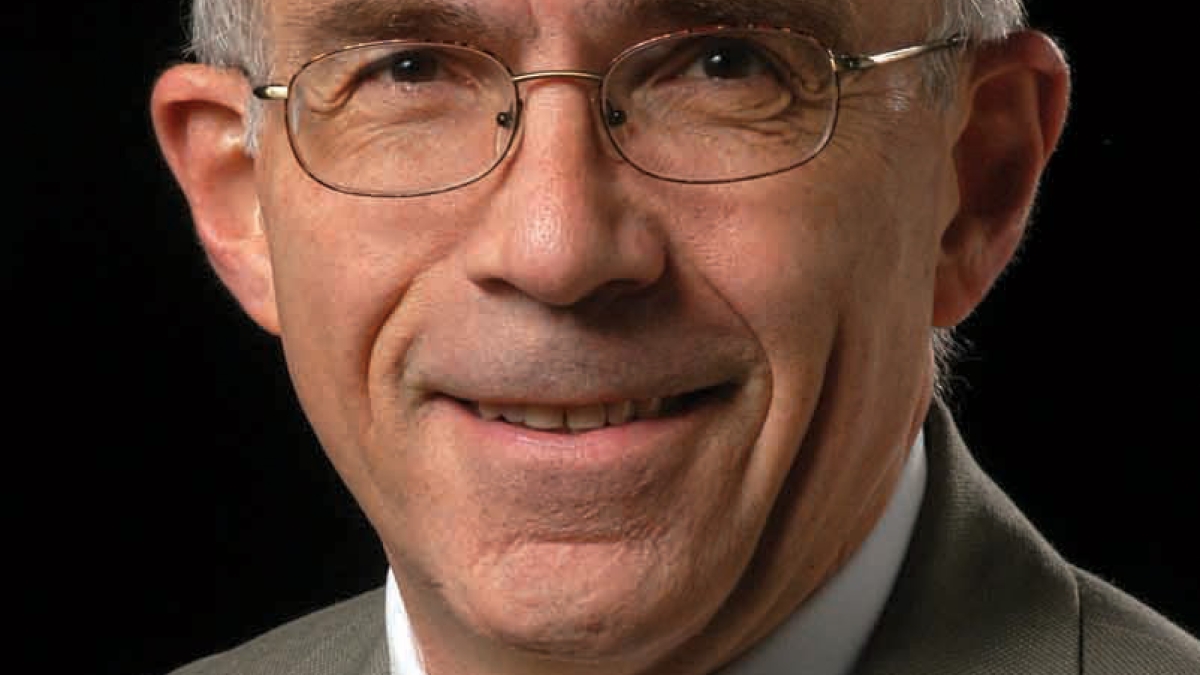Bonding out: Making companies pay up front for potential environmental disasters

Whether it’s building an oil pipeline, drilling for fuel in the ocean or “fracking” to flush natural gas out of the Earth, we’re often asked to believe the process is safe, when companies want to do something that could have big benefits. But that process also could be potentially disastrous for the environment.
Now, an economics professor at ASU’s W. P. Carey School of Business has a way for these companies to show the public that the risks will be managed – by requiring them to post the estimated costs of a spill or major environmental side effect ahead of time through the creation of refundable environmental bonds.
“If the risks are manageable, as proponents suggest, then raising the money for the bonds should not be a challenge,” explains V. Kerry Smith, an environmental economist, who is a member of the National Academy of Sciences. “In each case, the requirement for an environmental bond shifts the responsibility for who assumes the risk of any catastrophic event of large-scale development to those arguing the risks are small. When enough others agree, we should have a robust market for those willing to assume the resulting environmental risks.”
Take, for example, the controversial Keystone XL pipeline that President Obama recently rejected, which still is being debated in Washington. Those opposed say a worst-case scenario would result in a release of oil into Nebraska’s groundwater that’s comparable to the scale of the famed Exxon Valdez oil spill off Alaska. Using that as a case example, Smith says a bond for the pipeline might need to be about $11 billion, approximately doubling the estimated capital costs for the project.
“This is about helping to confront the tough environmental decisions that national policymakers face when making irreversible choices,” said Smith, whose research on this will appear in an upcoming edition of The Economists’ Voice. “It’s about estimating the value of an option lost once action is taken. We can securitize the risks posed by these large, seemingly important, commitments.”
Environmental bonds would be held by an independent third party and invested in long-term U.S. Treasury securities. Contracts would specify when the bonds would be used to meet the events causing public concern.
“If those proposing these projects can’t get enough people interested in buying the environmental bonds, then they must decide, in advance, whether they will pay an estimate of the potential losses that could arise,” Smith said. “Either way, society will know that the costs of the worst outcomes – based on our best estimates – will be covered up front.
“Thus, making decisions will be easier for all concerned.”